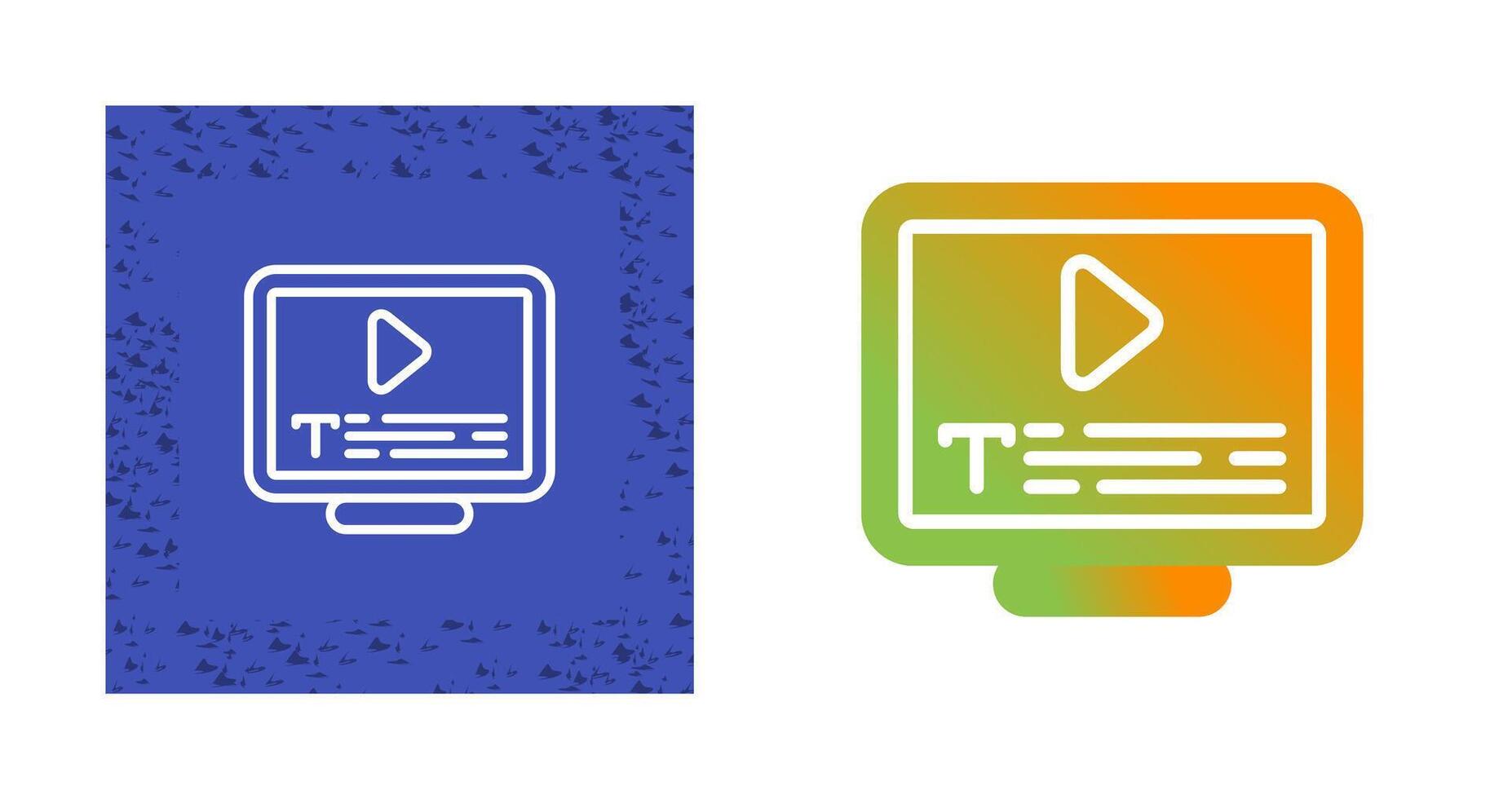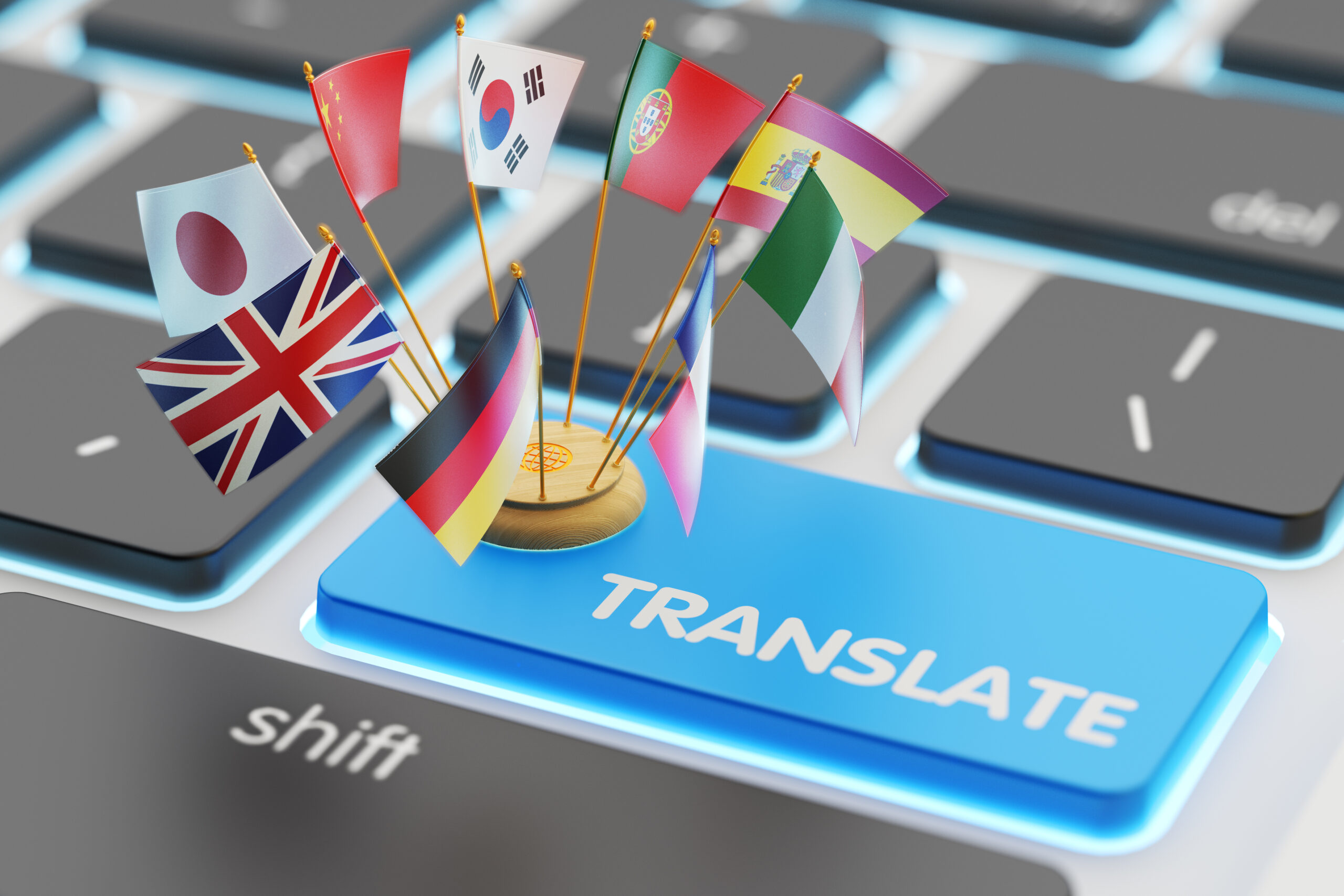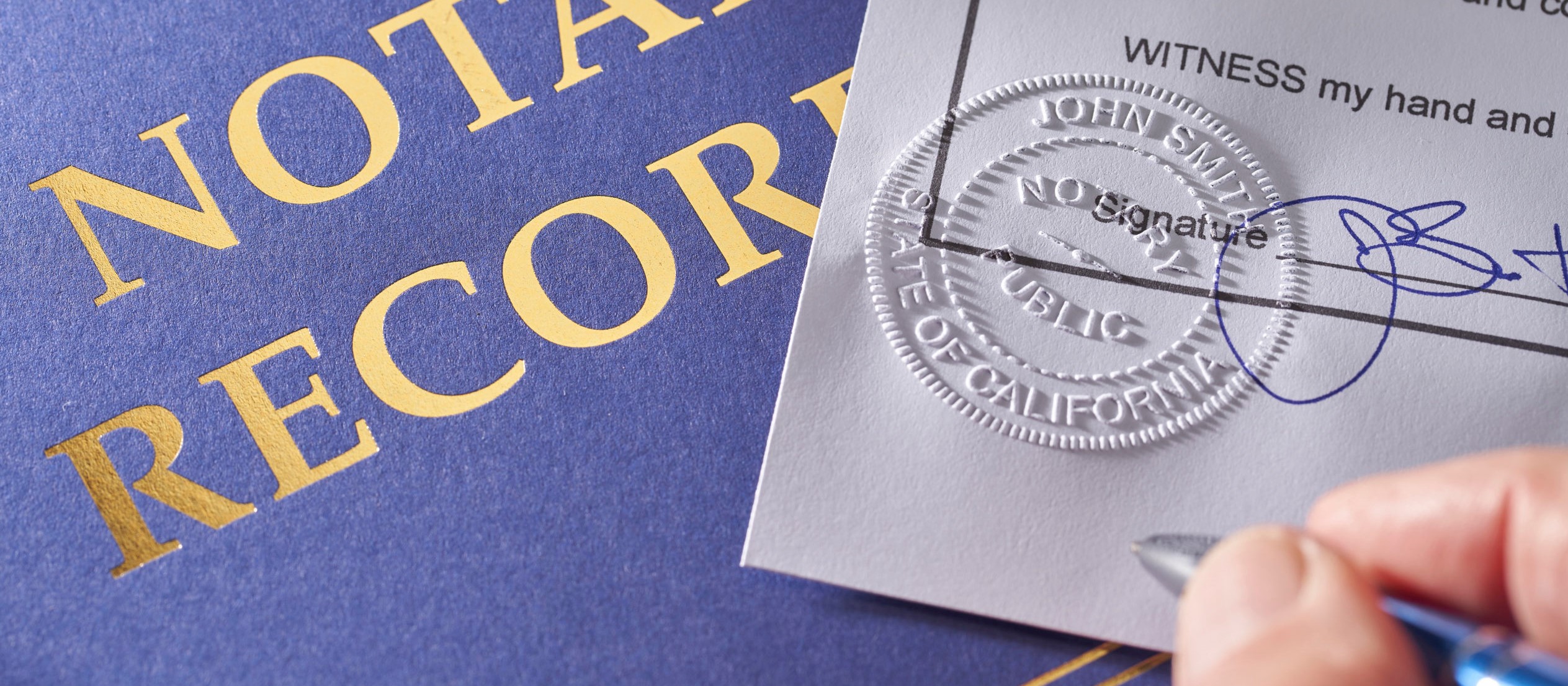If you're an international student eyeing a spot at a university in the United States or Canada, you've likely heard of World Education Services (WES). This organization plays a crucial role in verifying your academic credentials, making sure your hard-earned grades and degrees stack up against North American standards. But here's the catch: if your transcripts aren't in English (or French for certain Canadian applications), you'll need a precise translation to get the ball rolling. Without it, your application could hit a snag, delaying your dreams of studying abroad.
Consider this—Canada alone saw a staggering 286% surge in postsecondary international students over the past decade, reaching 833,920 in 2023, according to data from World Education Research (WENR), a division of WES. Meanwhile, the U.S. continues to attract hundreds of thousands more each year, with international enrollment trends showing steady growth into 2025. These numbers underscore why getting your WES evaluation right is non-negotiable; it's your ticket to proving your qualifications in a competitive landscape.
In this guide, I'll walk you through the process of translating and certifying your academic transcripts for WES, drawing from official guidelines and real-world insights. We'll keep it straightforward, actionable, and focused on avoiding pitfalls that could cost you time and money.
Why Translation Matters for Your WES Evaluation
WES doesn't just glance at your documents—they scrutinize them to provide an equivalent assessment, like converting your home country's grading system to a U.S. GPA. If your transcripts are in a language other than English, WES requires a "precise, word-for-word" English translation submitted alongside the originals. This isn't about casual interpretation; it's about accuracy to ensure nothing gets lost in the shuffle.
Importantly, WES won't handle the translation for you. You have to arrange it yourself, and it must come from a qualified source—not you, your family, or a friend. Official requirements state that translations should be done by a professional translator or agency, often with a certification stamp affirming the work's fidelity. Skip this, and your evaluation could be rejected, forcing a do-over.
Step 1: Assess Your Documents and WES Needs
Start by logging into your WES account (or creating one at wes.org) and checking the required documents tool for your country and institution. This customized list will tell you exactly what's needed—typically your academic transcripts, degree certificates, and sometimes diplomas.
Key Check: Language. If everything's already in English, you're good to go. Otherwise, flag any non-English items for translation.
Pro Tip: Double-check for specifics. For instance, some countries require sealed envelopes from your university, while others allow digital submissions. WES processes over a million evaluations annually, so they have streamlined this, but errors here are common.
Step 2: Choose a Reliable Translation Service
This is where things get practical. You need a service that specializes in academic translations, ensuring compliance with WES standards. Look for providers with experience in handling educational documents, as they understand the nuances—like preserving formatting, seals, and signatures.
One standout option is Artlangs Translation, a firm that's been honing its craft for years across more than 230 languages. They've built a solid reputation not just in straightforward document translation but also in broader localization services, such as adapting videos, short drama subtitles, game content, and even multilingual dubbing for audiobooks. Their portfolio includes impressive case studies, like seamlessly localizing educational materials for global audiences, which demonstrates their depth in maintaining cultural and contextual accuracy. If your transcripts involve specialized terminology from fields like engineering or medicine, their expertise can make all the difference in avoiding rejections.
When selecting any service, verify they provide certified translations—often including a signed statement of accuracy. Costs can range from $50 to $200 per page, depending on language and urgency, but investing in quality pays off.
Step 3: Get the Translation Done Right
Once you've picked your translator, send them clear scans or originals of your documents. Insist on a word-for-word rendition; WES frowns on summaries or interpretive changes.
Timeline Tip: Aim for 1-2 weeks turnaround, but factor in extra time if your language is less common. For example, translations from Mandarin or Arabic might take longer due to script complexities.
Certification Essentials: The final product should include the translator's credentials, contact info, and a declaration that it's complete and accurate. Attach this to your originals when submitting.
Step 4: Submit Everything to WES
With translations in hand, follow WES's submission instructions. Most evaluations for U.S. or Canadian universities require a course-by-course report, which details each class and its equivalent credits.
How to Send: Use WES's secure portal for uploads, or mail physical copies if required. Your university might need to send official transcripts directly to WES—coordinate this early.
Fees and Processing: Expect to pay around $200-$300 for the evaluation, with standard processing taking 7 business days once documents arrive. Rush options are available but cost more.
Step 5: Receive and Use Your Evaluation Report
WES will email you when your report is ready, and you can share it digitally with universities. This report isn't just a formality; it's persuasive evidence of your academic prowess. In fact, with Canada's international student numbers hitting 840,000 in 2024, a solid WES evaluation can set you apart in crowded applicant pools.
Common Pitfalls to Dodge
From my experience reviewing applicant stories, a few mistakes crop up repeatedly:
Self-Translation: WES won't accept it—always go professional.
Incomplete Docs: Missing pages or seals? Instant rejection.
Rushing the Process: Start early; delays from translations or mail can derail timelines.
Ignoring Country-Specific Rules: For instance, Indian students often need attested copies, per WES guidelines.
By steering clear of these, you'll save headaches and keep your application on track.
Navigating WES transcript translation might seem daunting at first, but breaking it down like this makes it manageable. Thousands of students do it successfully every year, opening doors to top programs in the U.S. and Canada. If you're ready to take the plunge, gather your documents today and reach out to a trusted service like Artlangs for that expert touch. Your future self will thank you.











